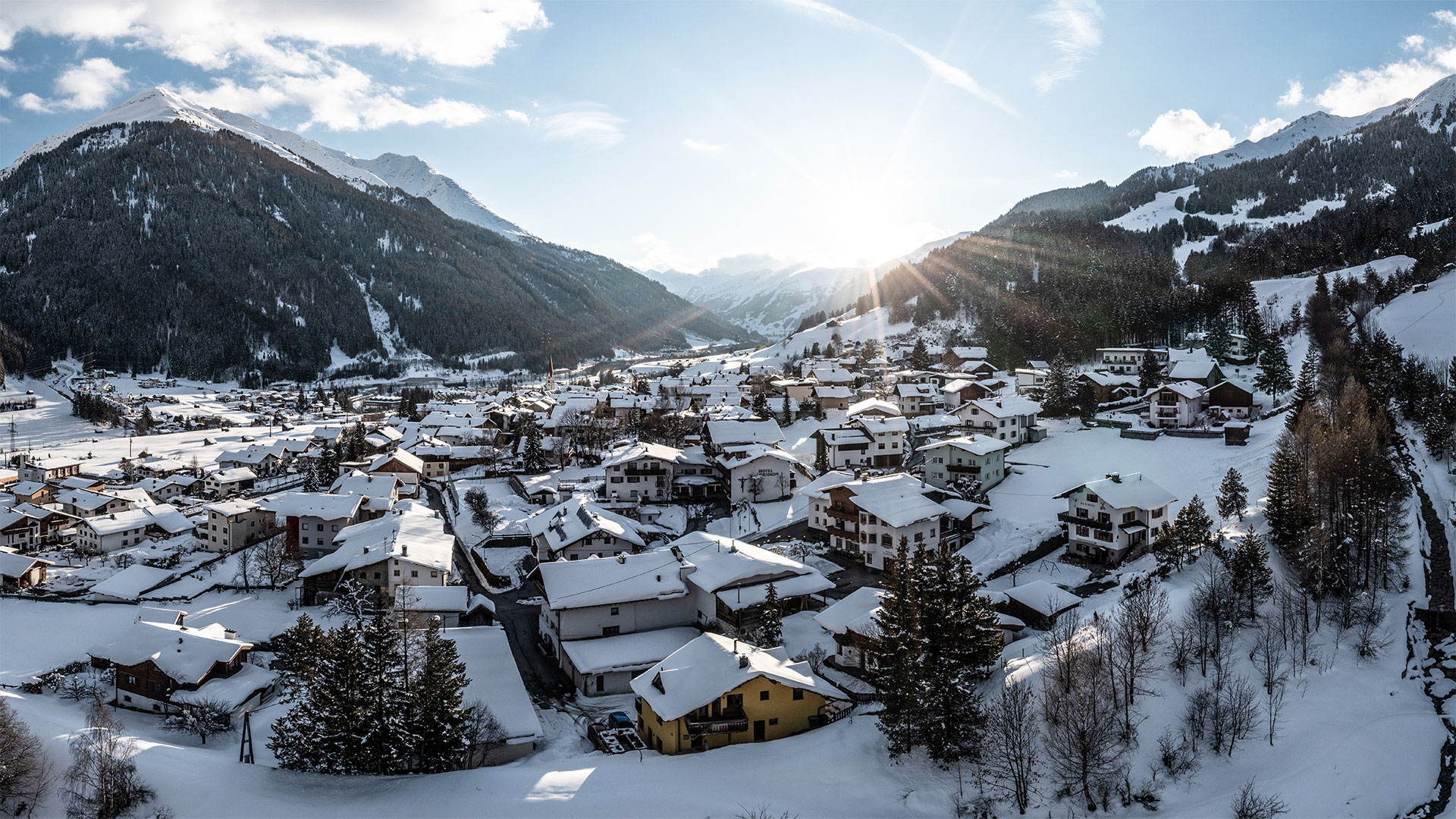
Alpine Attitude: In winter, Austria’s Arlberg hills are alive with the sound of skiers – and après party animals
The skiing opportunities in Austria are simply breathtaking. Deeply embedded into the culture of this landlocked Alpine nation during the winter months, the pastime is taken super seriously. Most forms of winter sports are available, with alpine and Nordic skiing the most common, while snowboarding, cross-country skiing and sledging are also popular.
For those attracted to nightlife as well as outdoor leisure, many of the famous ski resorts have also accrued a reputation for their après-ski shenanigans as much as for the skiing itself – none more so, perhaps, than St Anton am Arlberg in the west of the country.
Topping the lot
The global reputation of the Arlberg ski region emerged in the late 19th century, following the opening of the Arlberg railway tunnel in 1884. Ski-Club Arlberg, the first ski club in the Alps, opened in 1901 and St Anton’s inaugural ski school was established in 1924. The sleepy village was well on the way to becoming an iconic venue for winter sports enthusiasts.
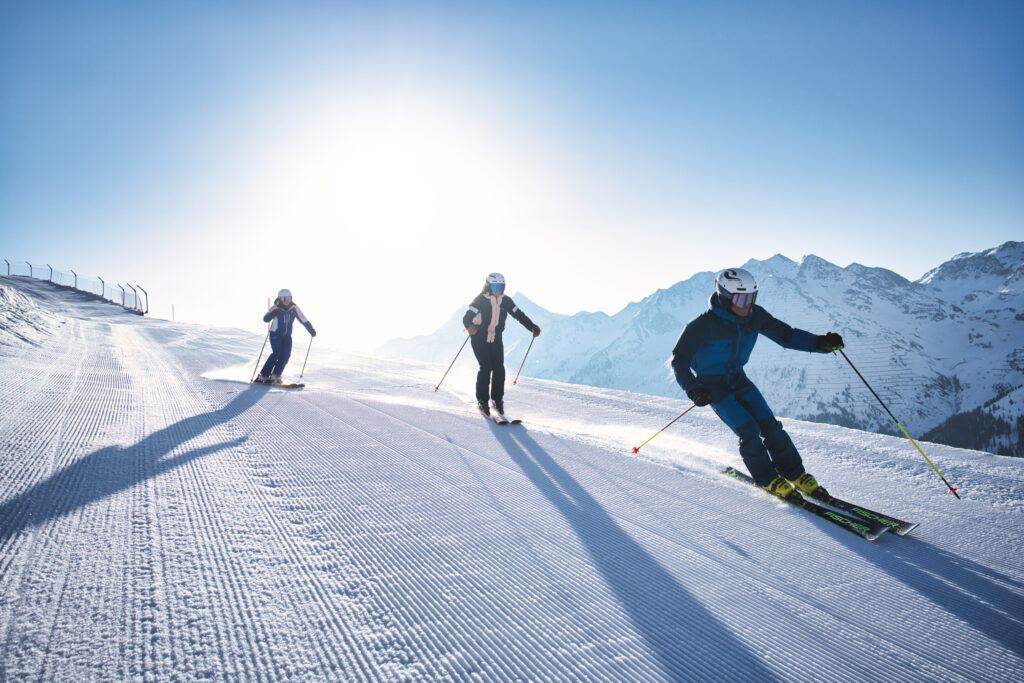
St Anton is now considered the zenith of Austrian alpine skiing, and the country’s renown as a ski paradise came partly on the back of this amazing resort. It is connected by state-of-the-art ski lifts and cable cars to nearby villages to form one huge contiguous ski area. The Arlberg massif region in Vorarlberg boasts a vast ski terrain encompassing 300 kilometres (186 miles) of slopes.
The sport is certainly challenging here, and there are plenty of off-piste opportunities for those who want to test themselves, with about 200 kilometres of backcountry terrain beckoning thrill-seekers. The adrenaline will certainly be pumping on many of the exhilarating descents, not least the Kandahar run on Galzig. The views are stunning, and the well-maintained slopes provide top-notch exercise for much of the winter.
Ski stars
Arlberg boasts three top-notch ski resorts: St Anton – St Christoph – Stuben, which are connected by cable car; its over-the-valley neighbour Lech – Oberlech – Zürs; and Warth-Schröcken. St Anton’s epic Run of Fame is a spectacular marathon taking in the entire Ski Arlberg area. As the longest ski circuit in the Alps, covering 85 kilometres and an altitude difference of 18,000 metres (59,055 feet), it takes the best part of a day to complete and traverses three mountain passes – Arlberg, Flexen and Hochtannberg. The route pays homage to the many ski pioneers, athletes and movie stars who have popularised these slopes over the years, leaving their indelible footprints in the snow.
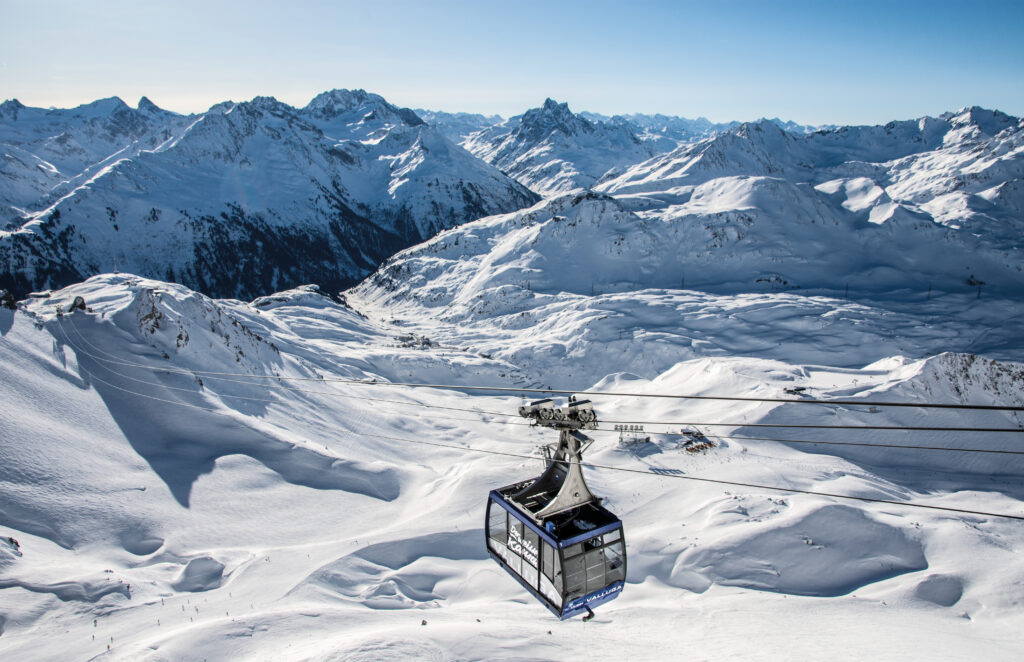
Indeed, Ski Arlberg has so much to offer for all levels of skiers. There are endless signposted runs, ultra-modern cable cars, fantastic powder-snow slopes, and practice areas for young skiers and beginners, as well as a multitude of sports facilities, from fun parks to carving areas to race courses.
Food with a view
Part of the joy of skiing in Austria are the scrumptious culinary delights served in the local restaurants and huts, and St Anton offers some of the best. Perched at 2,085 metres and billed as one of the highest gourmet restaurants in Europe, Verwallstube is worth a visit for the amazing mountain views alone. In the winter months, it opens daily for lunch, while weekly evening candlelight dinners accompanied by piano music are a special experience. Meticulously arranged dishes infused with uplifting flavours range from bouillabaisse to beautifully tender veal cheeks braised in red wine. Truffle mash adds additional charm to the meal.
On the edge of St Anton village, Museum Restaurant-Café is another excellent choice with a wonderful ambience. Housed in the St Anton Museum, this charming wood-panelled venue serves Austrian cuisine and offers private dining and vegetarian and vegan options. It has the most succulent Tyrolean beef, lamb or trout on a menu prepared with both creativity and tradition. Try the winter salad with caramelised nuts, pear and smoked goose breast, then treat yourself to the mouth-watering crème brûlée.
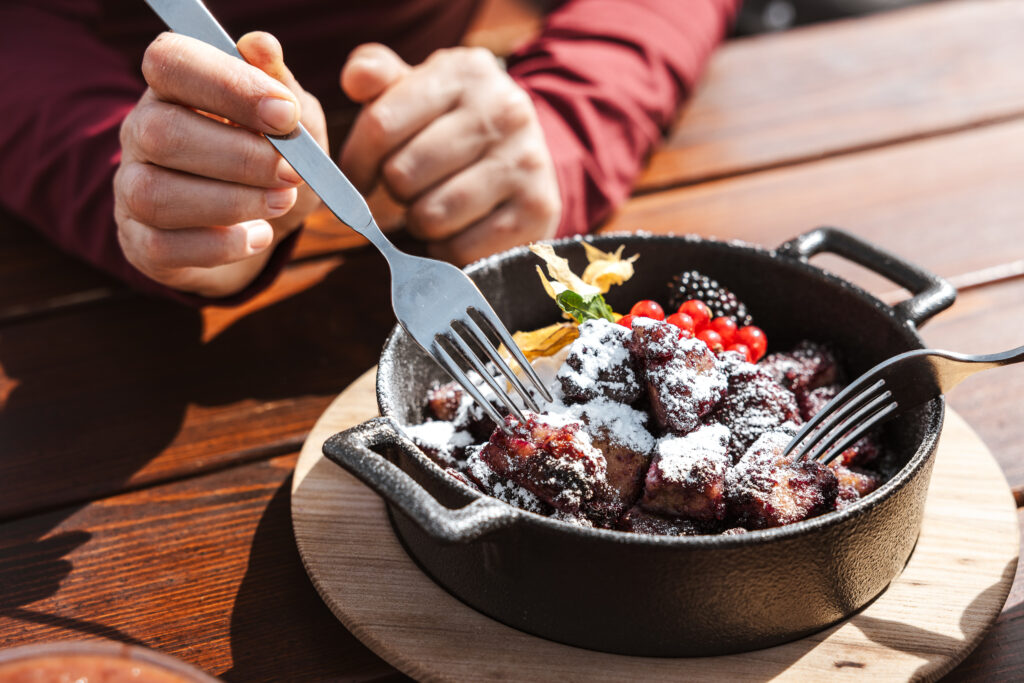
The fine international cuisine and excellent wine list at Hazienda, located in the basement of the four-star M3 Hotel, draw in gourmet skiers. Superb pasta dishes and veal are a forte. Classic Austrian restaurant Fuhrmannstube by Buffy is a cosy hideaway, great for tucking into venison stew, traditional dumplings known as knödel, or copious helpings of strudel.
Après adventuring
St Anton is noted the world over for its après-ski options – think crazy, fun-filled drinking houses brimming with raucous revellers on a high from the day’s excursions on the glorious Alpine slopes. At the legendary MooserWirt, which has been opening its doors to boisterous skiers since 1989, expect loud Austrian music and party-goers dancing on tables, sweating in their salopettes. To the backdrop of non-stop après-ski hits mixed by famous DJs, guzzle down a wide variety of beers to your heart’s content – the venue reportedly gets through a staggering 5,000 litres a day. It’s also a wonderful place to make new friends for the following day’s skiing, but make sure you leave your skis in a safe, easy-to-find spot as you will need them to get back down the slope after your drinking games.
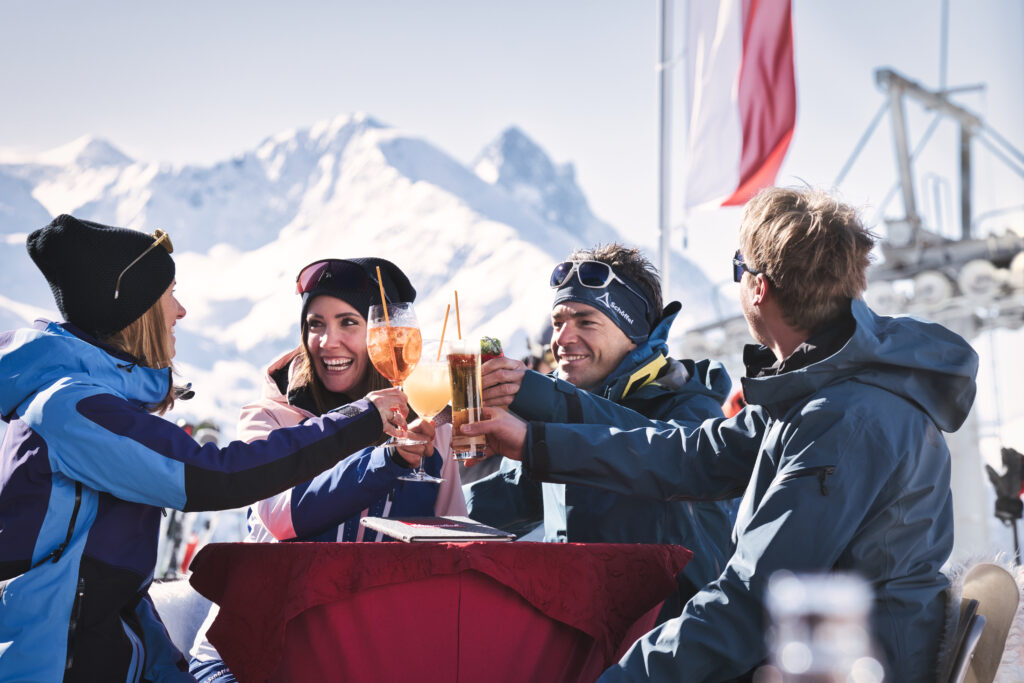
There are plenty of other notable après-ski hangouts. Sennhütte has a lovely sunlit terrace affording superb mountain views. Tables bounce with skiers swaying with delight to local bands playing country or rock music designed to get the party in full schnapps-happy swing. Just to its north is Heustadl, another hotspot usually bursting at the seams. Located near the end of run no. 50, it offers live music to 6 pm.
Billed as St Anton’s oldest après-ski haunt, Krazy Kanguruh – owned by Austrian skiing legend Mario Matt – is a lively slopeside bar with a great terrace overlooking the village. It is usually loud, fun and jam-packed from 5 pm to closing around 8 pm. Enjoy the moment as you swig intoxicating tequila and consume quality nosh before getting back on your skis to slide gracefully down to the valley.
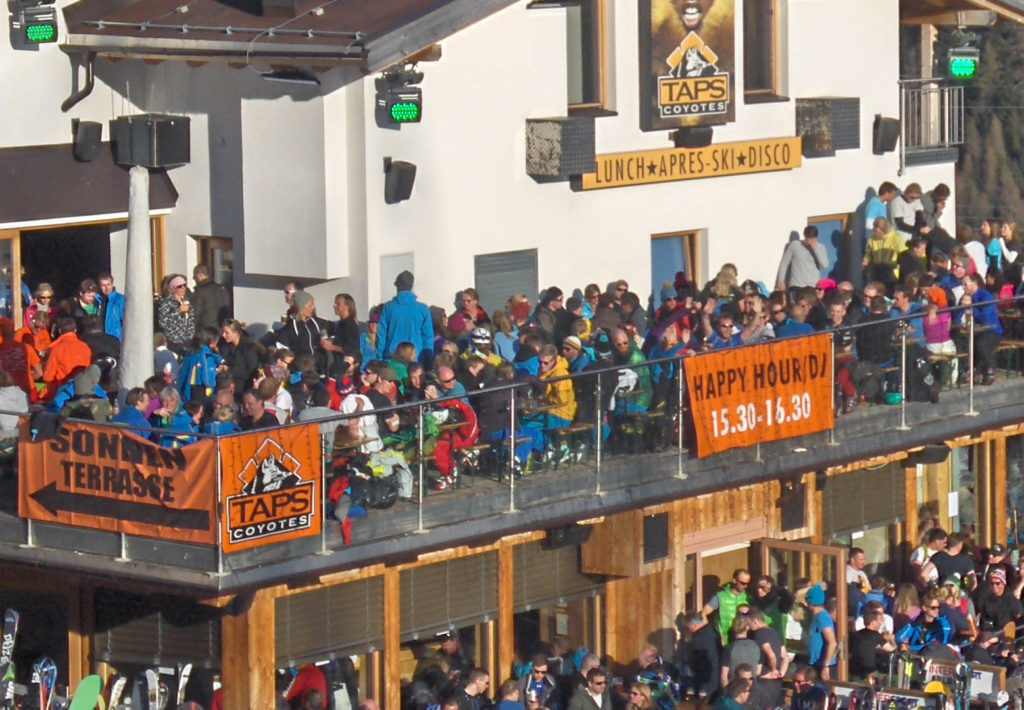
Other runs around
The villages of Lech and Zürs are linked to St Anton over the mountains but are still relatively isolated. With distance comes exclusivity, and Zürs, in particular, has garnered a reputation as one of the most renowned winter sports resorts in the Alps, beloved by the well-heeled and international glitterati.
Austria has many splendid ski areas aside from Ski Arlberg. The season at Ischgl in Tyrol normally runs until early May since it sits at 2,872 metres above sea level and offers 239 kilometres of pistes, with some as long as 11km. It provides skiing for all levels, and the more accomplished aficionados will be attracted by its daunting slopes of 70% gradient or steeper.
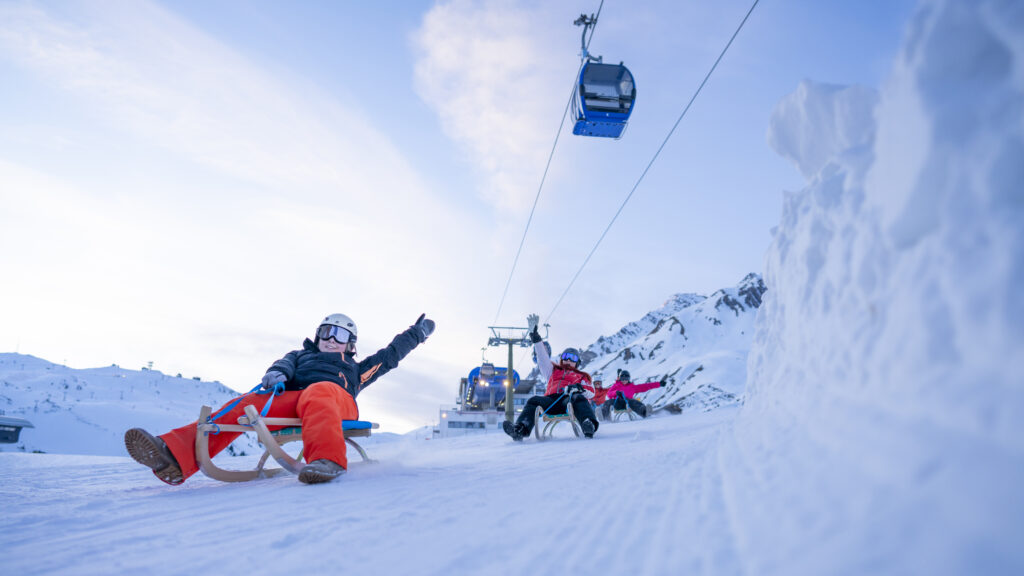
Silvretta Arena ski resort comprises Ischgl and the Swiss village of Samnaun in the Grisons, which has the added advantage of being a duty-free zone. The Smuggler’s Trail, straggling the Austria-Switzerland border, allows skiers and snowboarders to explore old smuggling routes. The season here starts on 30 November 2024 when English singer-songwriter Ellie Goulding performs at the Top of the Mountain Opening Concert at Silvretta car park against the unforgettable backdrop of the Tyrolean mountains. Another bonus is the foodie’s paradise of Ischgl’s many restaurants.
Schladming-Dachstein in Styria has some of Austria’s most impressive mountains for skiing and a 230km-expanse of slopes. A high altitude ensures reliable snow coverage at SkiWelt Wilder Kaiser – Brixental in Tyrol, which has had the distinction of being voted the best ski resort in the world on several occasions. Blessed with wide pistes and panoramic views, Tyrol’s Zillertal Arena has the claim to fame for hosting one of the country’s longest descents. It also offers plentiful après-ski entertainment.
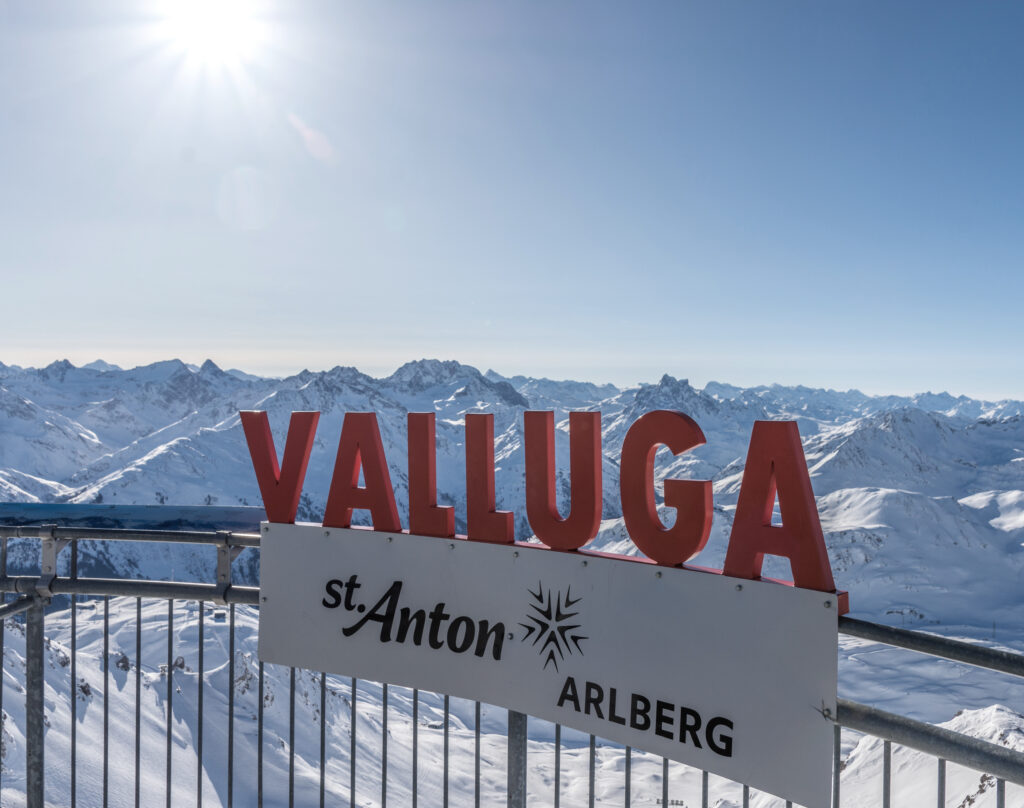
Meanwhile, having Austria’s only ski area with three peaks topping 3,000 metres as well as two glaciers, the popular resort of Sölden in Tyrol is guaranteed to produce wow moments.







